Wanted: A Kid’s “Good Place” - photo Zurijeta/shutterstock.com
Before reading further, take a few moments to answer this question: What Are Your Most Memorable Play Experiences? That’s OK … I’ll wait.
In my work with clients over the past fifty years I have made it a practice to ask them this same question.
The vast majority of these responses fall into one or more of the following types:
Digging a hole, trap, to China, etc.

Photo: Catalin Petolia/Shutterstock.com
Building a tree house, fort, hide-out

Photo: Maryna Kulchytska/Shutterstock.com
Playing with water, mud, slip-in-slide

Photo: Julie Phipps/Shutterstock.com
Playing hide-n-go-seek, flashlight tag, red rover, kick-the-can

Photo: Zsolt Bizco/Shutterstock.com
What is surprising is that I can count on one hand the number of responses that included experiences on playgrounds.
I am coming to understand that playgrounds and the apparatus they contain are doing many things effectively. They offer an opportunity for parents and kids to recreate together. They can present a wide variety of physical challenges and experiences. Playgrounds can also be gathering places for community social interaction.
We hear criticisms of playgrounds ranging from lack of challenge to being too plastic. I sense that what is really behind this discontent is the loss of “memorable play” of the sort that they remember in their own development as being important to their self confidence and mastering basic life skills.
Mike Lanza of Playborhood fame, introduced me to the writings of Ray Oldenburg and his book The Great Good Place in which Ray presents the concept of a third place to refer to social surroundings separate from the two usual social environments of home and the workplace; or for kids, the school. This is a place where friends gather just to socialize and hang out.
Historically, kids have found such spaces in vacant lots, creek beds, the woods, and even the street, places that adults didn’t control. Since the 1940s, the forces of suburban development, traffic, and civic “planning” have steadily eroded access by children to such habitats. I use the term habitat here to highlight that not only have these spaces been lost to children but to native plants and animals as well. In addition to the impact of development the few spaces that remain have been made taboo for children because of fears for safety and liability.
What Are the Requirements for a Kid’s Good Place?
By looking at the types of memorable play that adults recall, we can deduce what it takes to be a “good place.”
- Your friends are generally there
- There is a sense of adventure
- Adults don’t control the child’s activities
- Kids can change the environment
- The settings are for the most part naturalistic
It is pretty easy to spot a kid’s Good Place by the evidence the children leave behind. I recently ran across a wonderful collection of photos by Niki Buchan of such traces on her blog Precious Childhood. These images touch us because we have all enjoyed being part of play that would have left behind traces very much like these.
While I’m sure there are exceptions, few playgrounds will ever be a kid’s Good Place. I do think there are many ways that they can become somewhat closer to a Good Place, but such changes will often be in conflict with the other functions that playgrounds serve. Following this line of reasoning, I am coming to the conclusion that what is needed is a new paradigm. Given the current climate I can’t see a return to the “old days” of vacant lot play without some new support system in place.
The first issue will be liability. In today’s tort crazy world no responsible property owner will allow unsupervised kids to use their land. This is a tough nut to crack, but I’m sure there is a way. One approach that appeals to me is for the primary governmental agency, i.e. municipal government, to rent the property. Ideally, this would be at $1 a year. In most states cities have governmental immunity, which significantly reduces the owner’s liability exposure. A “hold harmless” clause could also be added to the renter agreement.
Back in “olden times,” like 1950, nobody would think twice to see a few kids playing in a vacant lot. Nowadays the same scene will attract attention, some of which may not be positive. While I hate to say it, I do think that some form of fencing will be needed.
If there is a fence, then there will be gate and that means access to the space can be controlled. Assuredly this is a project that will have to be sponsored by a neighborhood group. Having spent my career working closely with such groups, I am confident that they can come up with access conventions that meet their needs for protecting their kids without becoming too invasive of their play.
Selecting the site is important. The closer the space is to the homes of the children the better. Trees and bushes are a huge plus. Being able to have some water will make the space much more appealing. Rocks, sand, and chips can be brought in.
Once the basic site is established then it’s all up to the kids and parents to make play happen. I love the stuff that the folks at Pop Up Adventure Play do. I follow their blog religiously and am frequently blown away by their creativity and their ability to provide lots of fodder for great play at low cost. Over time some traditions will become established, like the periodic clean up of soggy cardboard and other play duff, but here again I trust the neighbors and the local recreation department to be able to work together to get the play hopping and the gripes to a minimum.
If there is one thing I do know down to my bones, that an idea doesn’t become a great idea until it’s tested. In my neighborhood there is no playground. A freeway, a major thoroughfare with no crosswalks, and a large river, keep the kids lock within the housing track. There is, however, a nice piece of land along the river that is fenced off most of the year and would be an ideal Good Place. Over the next few weeks I’m going to explore what it will take to make this accessible to the kids. First stop, the Fish and Game folks who have jurisdiction over the property. So the adventure begins.


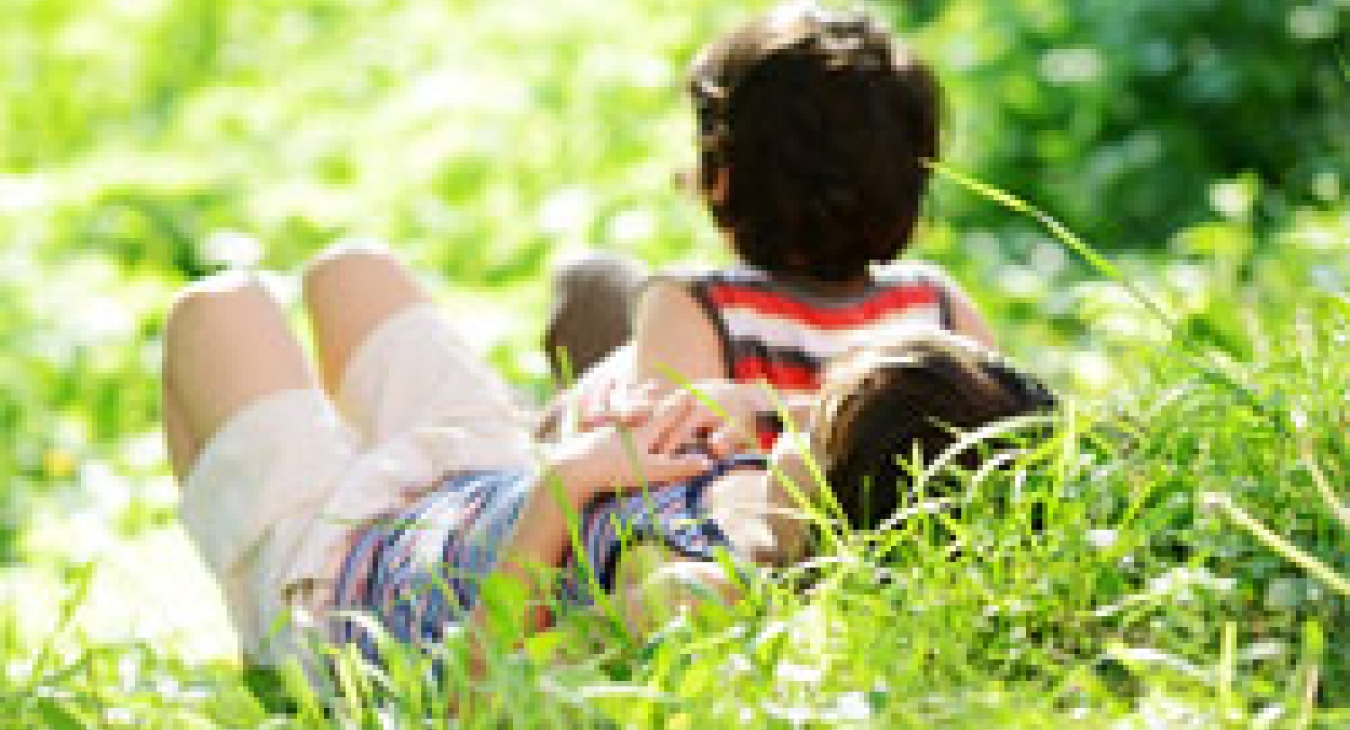


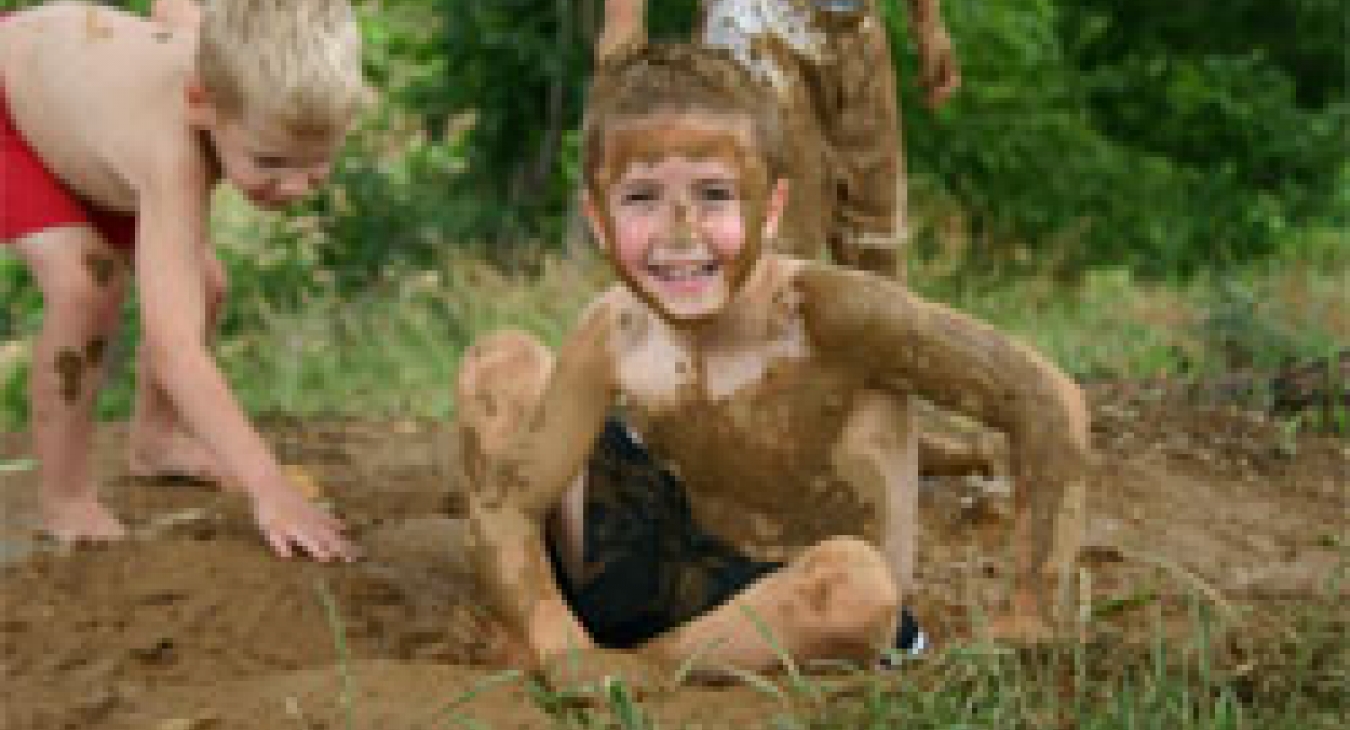

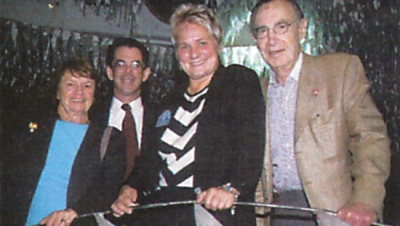
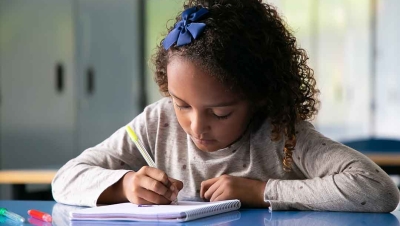
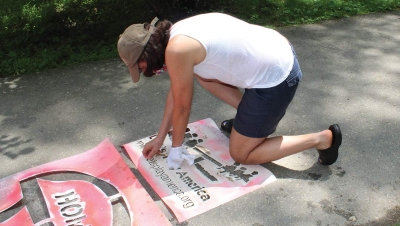
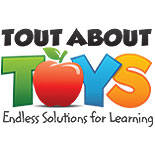
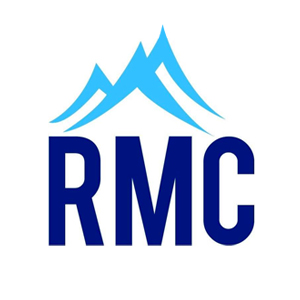
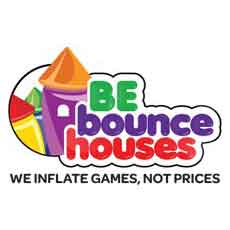



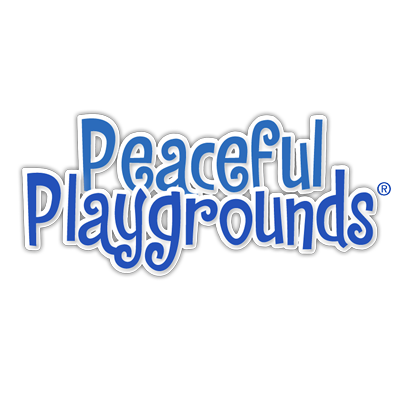




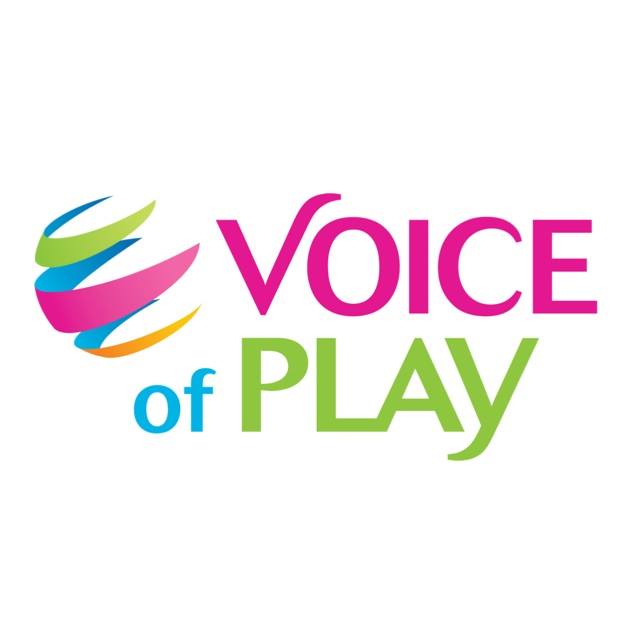
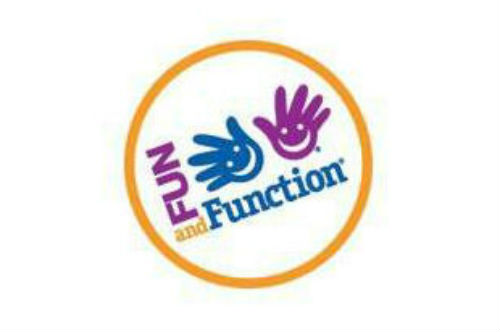

Memorable play
I remember hide-n-seek around our neighborhood using the utility box in front of my house as home base.
I remember digging a fort in an open field that later became a huge baseball/softball complex.
But I remember days of fun playing "playground tag" at our school playground that consisted of a metal slide, monkeybars and a climb structure slightly resembled an Apollo space capsule. We would drag our feet through the bark to create "trails" that would connect the structures and the concrete border that surrounded the play area. You can only run on the trails, structures and border.
You're right Jay! Lots of unstructured play using our imaginations to make the fun.